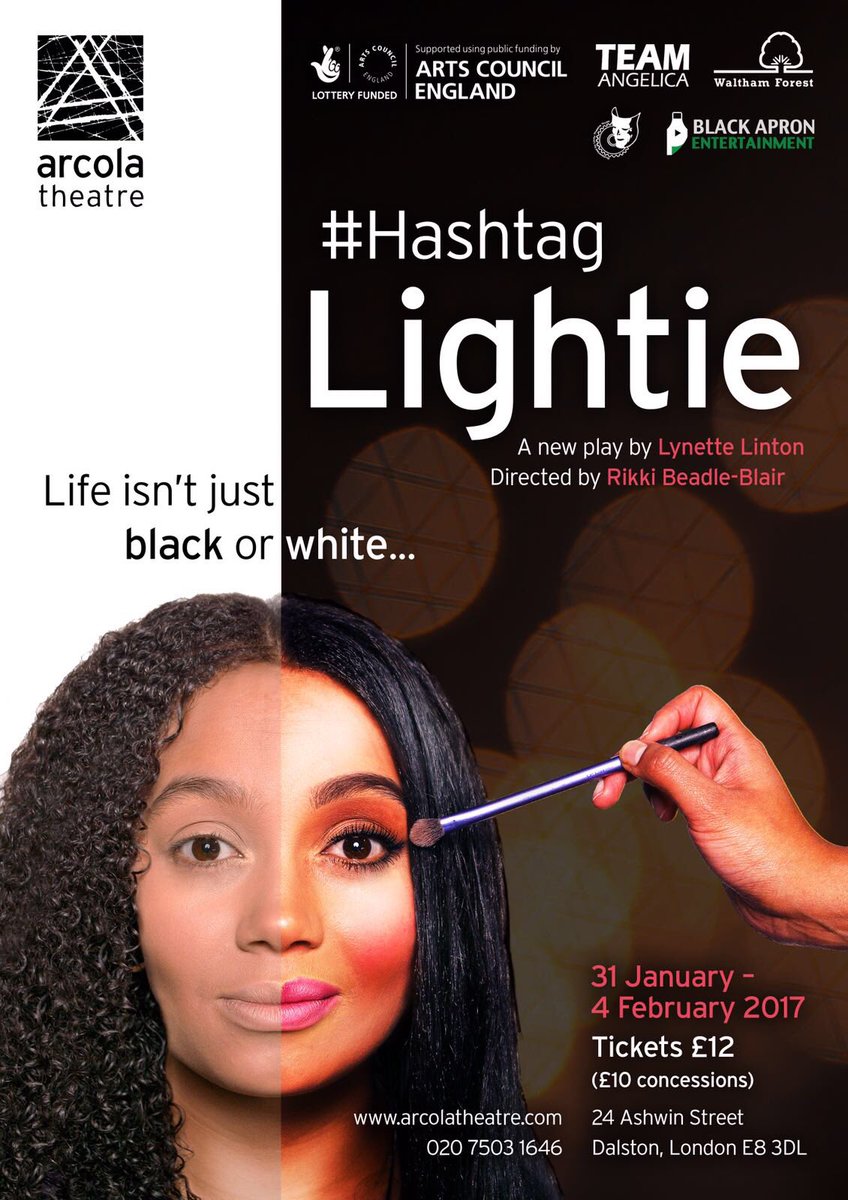Mixed race and proud: LA’s multi-heritage kids navigate their identityPosted in Articles, Audio, Census/Demographics, Family/Parenting, Identity Development/Psychology, Media Archive, United States on 2017-02-08 21:03Z by Steven |
Mixed race and proud: LA’s multi-heritage kids navigate their identity
89.3 KPCC Southern California Public Radio
Pasadena, California
2017-01-15
Soleil Simone Haight loves saying all three of her names, running them together with sheer glee in her voice. She also proudly declares that she is five years old, that she has curly hair like her mommy, and that she is from Africa.
But when she announces that she’s from Africa, she often encounters a momentary look of confusion from listeners that might have something to do with her blonde hair and fair skin. Dealing with that confused look is one small part of what it means to be a young mixed race child.
On the other hand, this sparkly kindergartener who has a black and Native American mom and a white dad is not confused. When asked why people have different colored skin, her response is matter-of-fact: “Because that’s the way they’re made.”
One of the biggest demographic changes over the last few decades has been in the number of children under five who are mixed race. In 1970, just 1 percent of babies had parents of different races. Today, it’s 10 percent…
…“Navigating identity, having to balance, having to favor one over the other in certain circumstances, all those things are really difficult and our children are going to go through it and so we have to equip ourselves with the ability to deal with it,” said Nayani.
Both these families had a rare moment of public celebration this past August when the Dodgers honored mixed race families by dedicating a game to people of multi-heritage. It came after years of advocacy work by a group called Multi-Racial Americans of Southern California (MRASC) [MASC].
At the game, the mayor’s office presented an award to the group for it’s work. Sonia Smith-Kang, vice president of MRASC, said it was an important moment recognizing the movement’s “collective dedication to the multiracial community.”
While families are themselves organizing to bring attention, resources and recognition to the needs of their multi-heritage children, the early education world is not really helping. Erika Frankenberg, a professor of education and demography at Penn State University, who authored a report on preschool segregation, said too often children go to preschool with children exactly like themselves…
Read the entire story here. Download the story (00:04:22) here.


